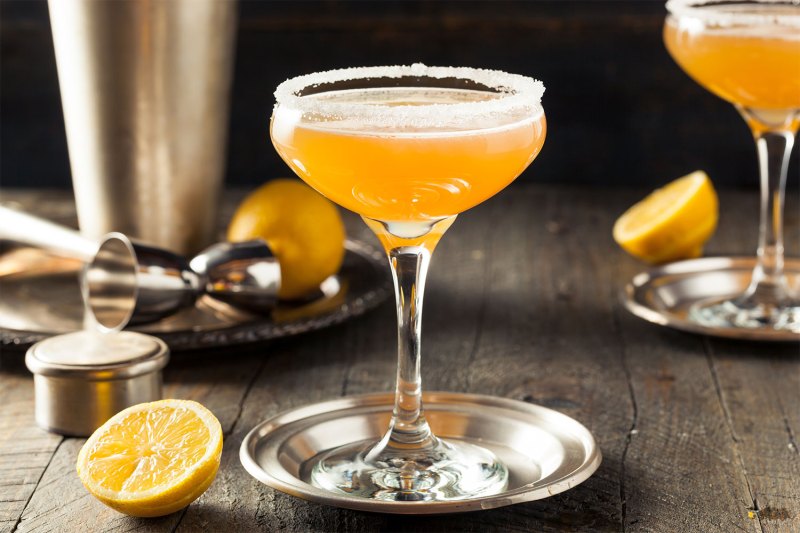
Thanks to the recent popularity of aperitifs and low-ABV beverages, brandy as a cocktail ingredient feels more relevant than ever. “Brandy” refers to spirits made by distilling wine, and they’re generally known for a slightly sweet and fruit-forward flavor profile. These characteristics make brandy a crucial part of a Prohibition-era cocktail currently in the throes of a serious comeback: The sidecar. This sophisticated (and crushable) drink also includes lemon juice and orange liqueur, but brandy serves as its anchor, so it’s essential to select a version that’s up to the task. Read on for a list of 10 sidecar-appropriate brandies, all vetted by professional bartenders and cocktail experts.
Courvoisier VS Cognac
Historically, the brandy used in sidecars came in the form of Cognac, a version hailing from the Cognac region of France. Cognac is distilled from white wine with copper pot stills and is aged in French oak barrels, and General Manager James Takahata of Sidecar Barley & Wine Bar in Oklahoma City likes to hew to tradition by using Courvoisier VS
Pierre Ferrand Sélection des Anges Cognac
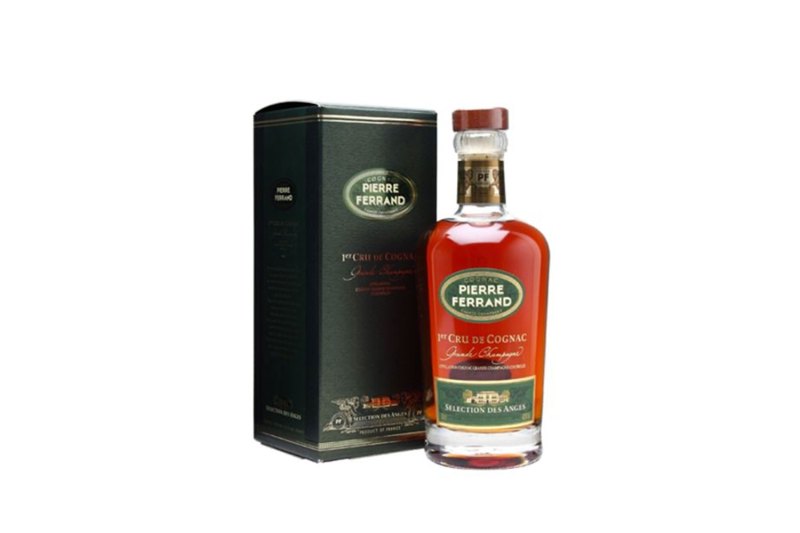
“I prefer to use Pierre Ferrand Sélection des Anges [in my sidecars],” assistant food & beverage director Alex Pendergrass of Hotel Viking in Newport, Rhode Island tells us. “I love the hints of vanilla and apricot, [the] creamy mouthfeel, [and the finish of] leather and licorice. These play well with the vibrancy of the fresh lemon juice and [orange liqueur]. It gives great depth to the drink without it becoming too syrupy. Pierre Ferrand is such an iconic and small production Cognac house that [its
Hennessy VS Cognac
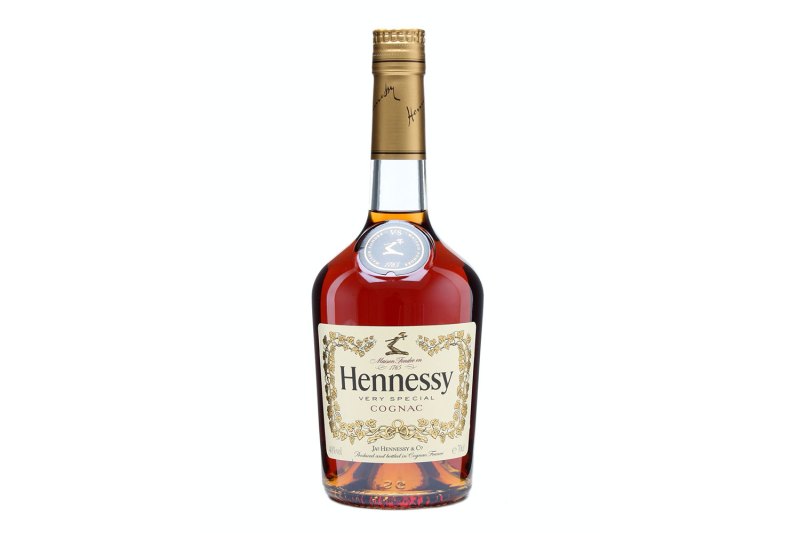
The Hennessy brand of Cognac claims considerable pop culture cache, but veteran bartender Lily Wall of Lynn, Massachusetts warns against viewing this popular spirit in a dismissive manner, especially where sidecars are concerned. “The best brandy to use [in a sidecar] is Hennessy. Seriously. It’s aged in French oak barrels for up to eight years. The barrels give Hennessy the depth of flavor — notes of vanilla and oak with a hint of grape — needed to stand up to the lemon juice, a tough job for any spirit,” Wall insists.
Grand Brulot VSOP Cognac Café
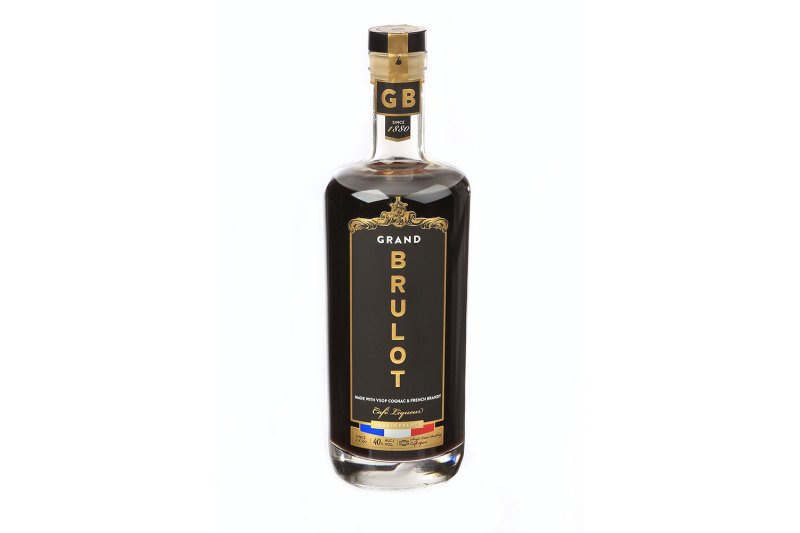
Combining a coffee-infused Cognac with the citrusy ingredients of a sidecar may sound like a peculiar move, but mixologist Tiffanie Barriere of Les Dames d’Escoffier Atlanta urges you to put your skepticism aside and give it a shot. She especially recommends Grand Brulot VSOP
Torres 15-Year Brandy
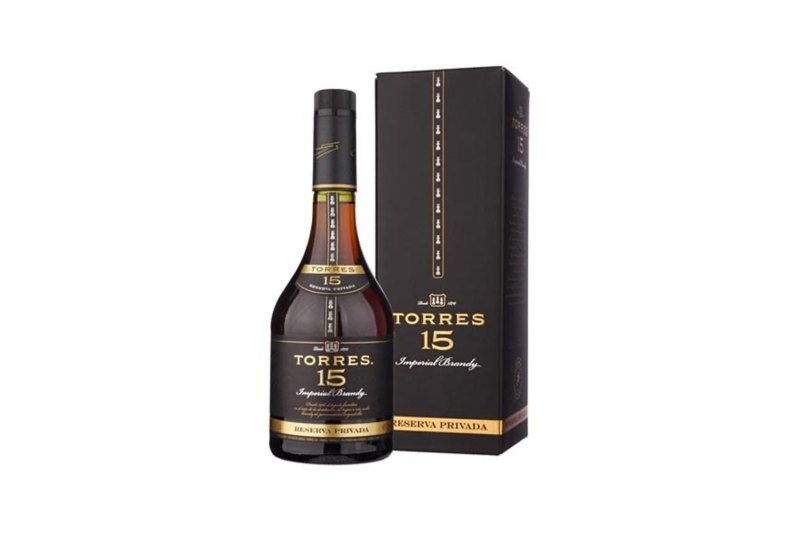
Spanish brandies can often be purchased at a lower price than their French counterparts, and mixology director Rus Yessenov of the Fairmont Royal York Hotel in Toronto sees these “bargain” brandies as solid choices for sidecars. “Although Cognac dominates the brandy market, Spanish brandies like Torres 15 offer great value. It’s aged in American oak, providing extra intensity & tannin versus [the] traditionally used French oak, in addition to being aged with the famous Solera system. The brandy is thus versatile, with fruit-forward characteristics, and will allow for a reasonably priced sidecar cocktail. Either way, you generally want a brandy that will stand up to the citrus and [the orange liqueur], so you need something with depth, body, and bold character,” says Yessenov.
Bertoux Brandy
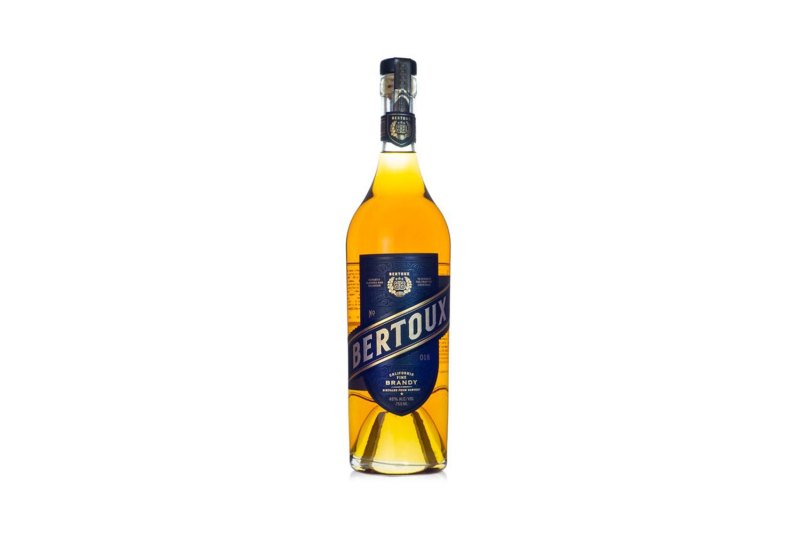
American distilleries produce a wide variety of brandies, and former bartender and current creative director Rex Chatterjee of Dune Road Lifestyle Events in New York prefers the French-inspired (but California-made) Bertoux Brandy in his sidecars. “My go-to move for an updated Sidecar is to substitute the traditional Cognac for a more interesting brandy like Bertoux. Bertoux is specifically a favorite of mine because of its punch of apricot right from the get-go. While there’s a lot of balance with baking spices and oak towards the finish, the fruit-forward aroma of Bertoux creates an open invitation to the sidecar that’s crucial in making it more accessible to folks who might usually steer away from
Copper & Kings Butchertown Brandy
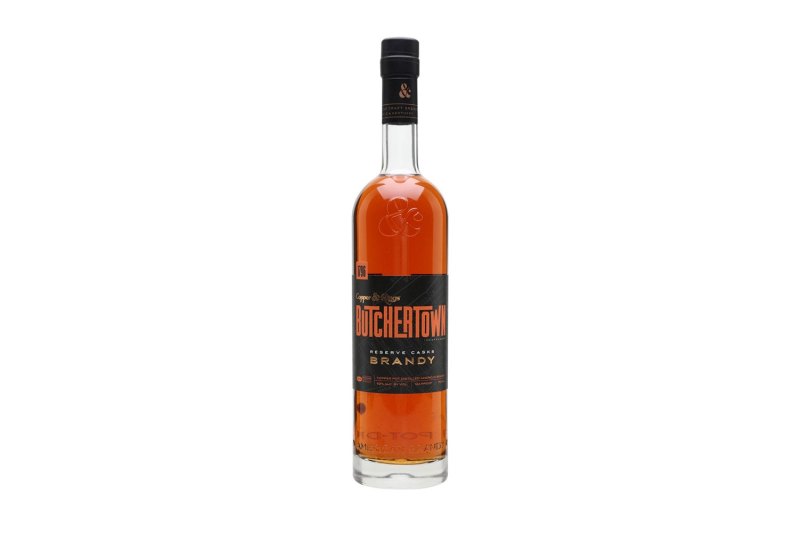
This Kentucky brandy, appropriately aged in bourbon barrels, earned high marks from many of our surveyed experts, including chef/proprietor Sara Bradley of freight house in Paducah, Kentucky. “I love using Copper & Kings Butchertown Brandy — it’s high proof and always tastes like blackberries to me. The sidecar is also such a simple cocktail to remember how to make — equal parts of everything delicious,” Bradley raves.
Boulard Calvados VSOP
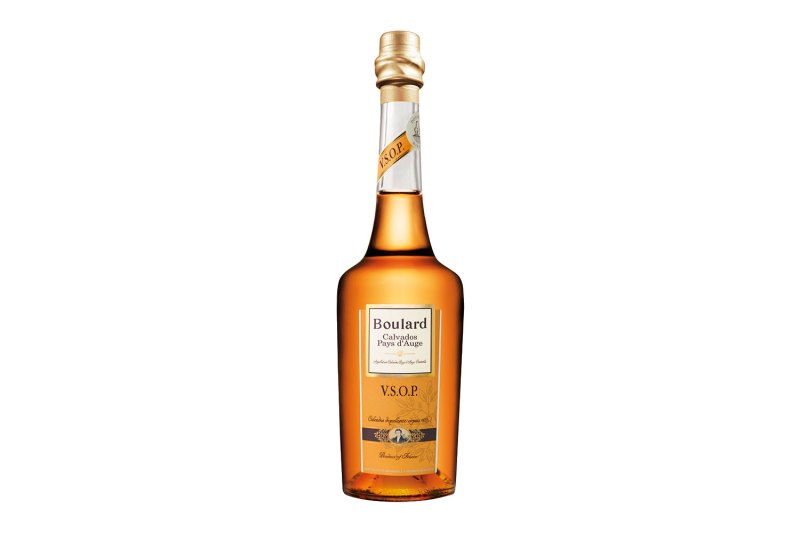
While most brandies use grape wine as their distillation base, some instead utilize apple cider, resulting in a spirit with a distinct malic presence that blends nicely with the citrus flavors a sidecar. One of the world’s most famous apple brandy categories is Calvados, a style unique to the Normandy region of France. Wine & beverage director Michael Rainforth of Juniper Grill in Pittsburgh claims that “when making a sidecar, I prefer to use Calvados rather than traditional brandy or Cognac. Calvados starts as distilled apple cider, so the crispness of the apple shows up in the flavor. Once mixed with the citrus elements of orange liqueur and lemon juice, the apple presents a nice contrast, and adds to the complexity of the cocktail.” He gives a specific shout-out to Boulard Calvados VSOP: “What makes it such an enjoyable drink are the rich, fruity notes you get on the nose and the ripe apple flavors. It’s really well-balanced, with flavors of vanilla and wood.”
Barking Irons Applejack Brandy
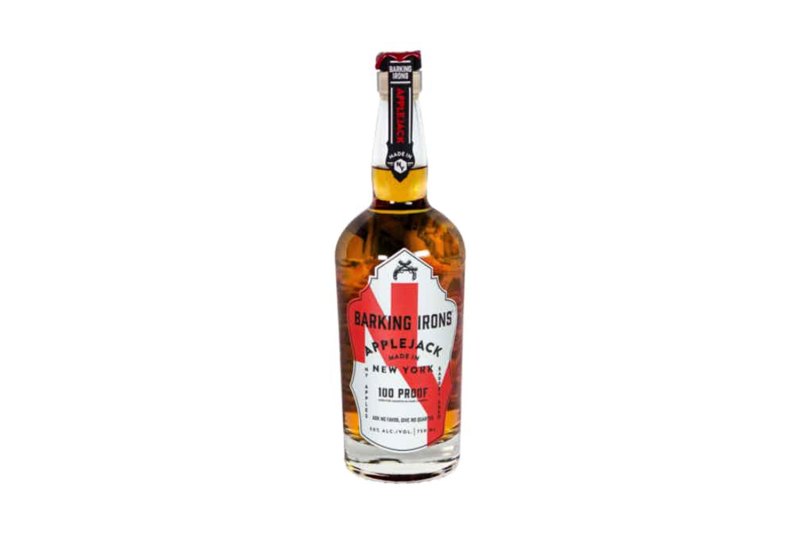
American apple brandies (aka “applejacks”) also work beautifully in a sidecar, and beverage manager Brooke Baker of Underdog in New York City recommends Barking Irons Applejack Brandy, made from apples grown in upstate NY and distilled at a facility in Red Hook, Brooklyn. “I like using Barking Irons Apple Brandy because it is truly a well-crafted spirit. As a barrel-aged brandy made from Hudson Valley apples, it is very versatile and the flavor holds up well with citrus,” Baker explains.
Laird’s 88-Proof 12-Year Apple Brandy
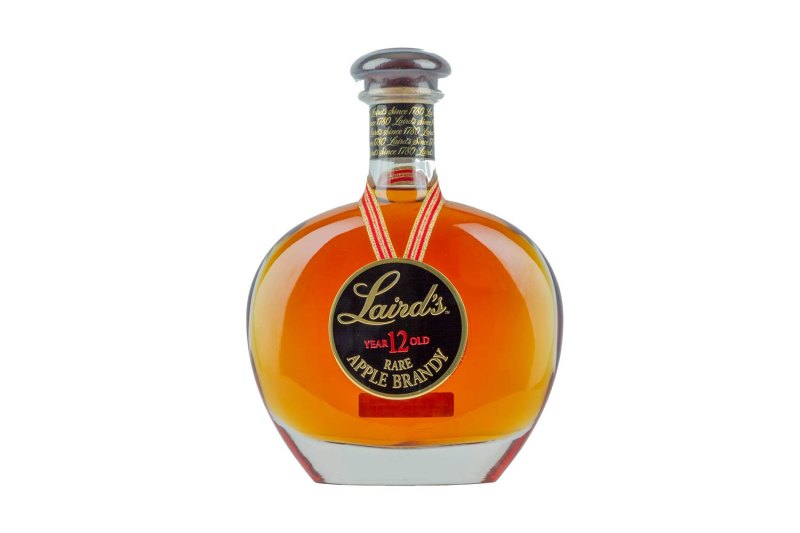
Many spirits enthusiasts consider Laird’s Applejack from New Jersey the gold standard for American apple brandies, and bar manager Greg Rodriguez of Oak & Ivy in Las Vegas views the 12-year-aged version of Laird’s Applejack as an excellent choice for sidecars. “Its proof and age statement makes it the ideal brandy for that style of cocktail; [it has] enough oak to tame the fruity liqueur and [and produce] rich buttery flavors that help balance the drink. 88 proof is a little higher than your typical brandies, and the higher proof will help give the spirit more complexity and more body so the drink does not taste flat. You pair [Laird’s 12-Year] with a little bit of lemon juice, a high quality Curaçao, and some sugar, and you can take over the world,” he says.



